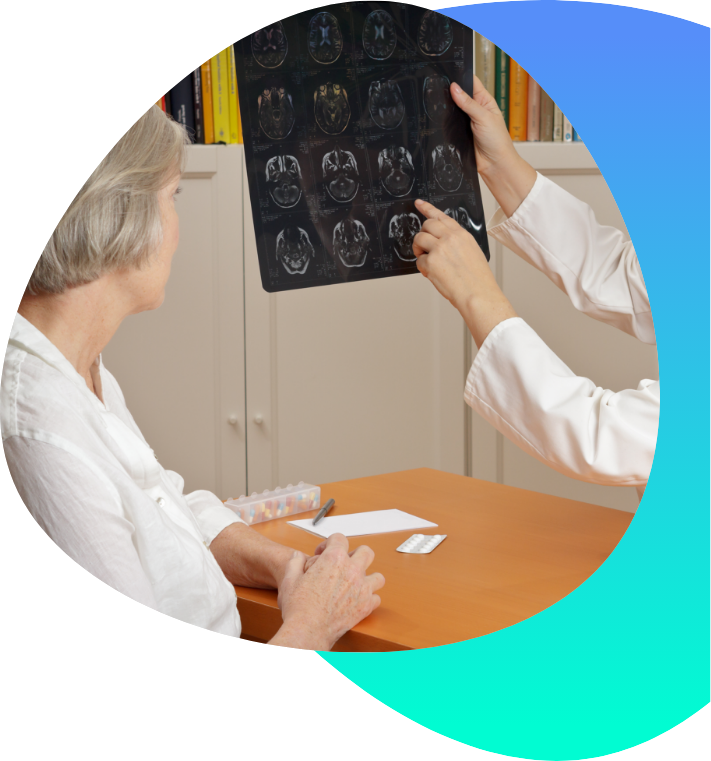Peripheral sensory stimulation for Parkinson’s disease gait
Why is new technology needed for Parkinson’s disease gait impairments?
Despite the prominence of gait disorders in Parkinson’s disease, few therapeutic options are available.
Medication and deep brain stimulation (an invasive surgical technique) can help but often do not return walking to normal.
Therefore, a significant gap in the treatment of gait impairments exists, and new treatments are needed to prevent falls and risk of injury, especially in older demographics.
Research at the Bionics Institute
We aim to develop an intervention for gait disturbances, which will involve application of non-invasive stimulation to the feet in the form of vibration or mild electrical pulses.
There is evidence to suggest applying vibration to a person’s hands can improve motor control, and that continuous sensory stimulation of the feet can improve walking measures [2,3].
Therefore, we aim to demonstrate that stimulating the feet with vibration is a promising alternative therapy for Parkinson’s symptom management.
This intervention has the ability to help prevent falls, fractures, hospitalisations, and long-term residential care placement for patients with Parkinson’s disease.
The research team
Bionics Institute researchers:
Mehrnaz Shoushtarian, James Fallon, Michelle Bravo, Niamh Hennessy, Tom Playsted
Clinical collaborators:
Professor Robert Iansek
Publications
M Bravo, H Lim Joon, J Fallon, R Iansek, M Shoushtarian. Towards non-invasive peripheral stimulation as a treatment for Parkinson’s disease gait. Annual International Conference of the IEEE Engineering in Medicine and Biology Society, 2023.
Medical Disclaimer
This article contains general information relating to a medical condition. Such information is provided for informational purposes only and does not replace medical advice given by your healthcare professional.
References
1.Ou Z, Pan J, Tang S, Duan D, Yu D, Nong H, Wang Z. Global Trends in the Incidence, Prevalence, and Years Lived With Disability of Parkinson’s Disease in 204 Countries/Territories From 1990 to 2019. Front Public Health. 2021 Dec 7;9:776847. doi: 10.3389/fpubh.2021.776847. PMID: 34950630; PMCID: PMC8688697.
2.Syrkin-Nikolau J, Neuville R, O’Day J, Anidi C, Miller Koop M, Martin T, Tass PA, Bronte-Stewart H. Coordinated reset vibrotactile stimulation shows prolonged improvement in Parkinson’s disease. Mov Disord. 2018 Jan;33(1):179-180. doi: 10.1002/mds.27223. Epub 2017 Nov 18. PMID: 29150859; PMCID: PMC5836884.
3. Ana Kleiner, Manuela Galli, Maria Gaglione, Daniela Hildebrand, Patrizio Sale, Giorgio Albertini, Fabrizio Stocchi, Maria Francesca De Pandis, “The Parkinsonian Gait Spatiotemporal Parameters Quantified by a Single Inertial Sensor before and after Automated Mechanical Peripheral Stimulation Treatment”, Parkinson’s Disease, vol. 2015, Article ID 390512, 6 pages, 2015. https://doi.org/10.1155/2015/390512
